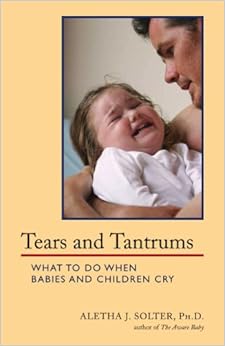Gratitude

image (jasmine) borrowed from http://perfumeshrine.blogspot.com/2011/02/perfumery-material-hedione.html

image (jasmine) borrowed from http://perfumeshrine.blogspot.com/2011/02/perfumery-material-hedione.html
“Taking a new step, uttering a new word is what people fear most.” Fyodor Dostoyevsky

image borrowed from http://historicjamestowne.org/
 Aletha Solter’s book, Tears and Tantrums, saved my life when I was a mother of preschoolers; well, it was one of the books that saved my life. I’ve been thinking about it, and wanted to share with you. If you Google her name you’ll find a website with a summary.
Aletha Solter’s book, Tears and Tantrums, saved my life when I was a mother of preschoolers; well, it was one of the books that saved my life. I’ve been thinking about it, and wanted to share with you. If you Google her name you’ll find a website with a summary.
Books such as this one (also Kids Are Worth It by Barbara Coloroso, and Your Competent Child by Jesper Juul) I’m sure were helpful as I read them, but the concepts expressed in the titles were very nearly enough. They helped me parent my daughters, and they helped me to be a better teacher. I learned from reading parenting books that when a student is extremely upset, it’s best to nod your head and say, “You are really upset.” Reasoning with the student, asking them why they’re upset, none of that is immediately helpful. Listening to an upset student, really listening, is the best thing to do. When you argue with a student, it’s a lot like throwing a tantrum because your child is throwing a tantrum. 
So these concepts have been immensely useful to me as a parent and (even more, as it’s difficult to be objective with one’s own children) with my students. (And not that I haven’t had bad moments with both.) I am now wondering what these insights could do to help me finish the revision of my novel.
I’m trying to let my characters wail. I’m trying to really listen.
 My weekend retreat was not a retreat, I learned to my great distress on the very first evening (no leisurely unpacking, no lolly-gagging). It was not about reading books. It did include a lot of writing, but not the sort of writing I would normally have chosen.
My weekend retreat was not a retreat, I learned to my great distress on the very first evening (no leisurely unpacking, no lolly-gagging). It was not about reading books. It did include a lot of writing, but not the sort of writing I would normally have chosen.
It was called a Responsible Living Workshop. What it taught me was how to feel my feelings, in particular how to dig deep into my own childhood and recover what that little girl used to feel. It was, in a word, intense.
Of course in numerous ways the weekend turned out to be all about my writing. Well, all about life, which–ultimately–is what the best writing taps into.
Right now–home after three busy days (Thursday evening to Sunday evening, 7 a.m. to midnight on Friday and Saturday)–I’m not sure what else to add. But this together with my PNWA workshop with Margie Lawson this past summer (the one about writing emotion) are telling me, loudly, clearly, that I need to pay more attention to feeling my feelings.
midnight on Friday and Saturday)–I’m not sure what else to add. But this together with my PNWA workshop with Margie Lawson this past summer (the one about writing emotion) are telling me, loudly, clearly, that I need to pay more attention to feeling my feelings.
“To humiliate a crying child is to increase his pain, and augment his rigidity. We stop other people from crying because we cannot stand the sounds and movements of their bodies. It threatens our own rigidity. It induces similar feelings in ourselves which we dare not express and it evokes a resonance in our own bodies which we resist.” –Alexander Lowen
